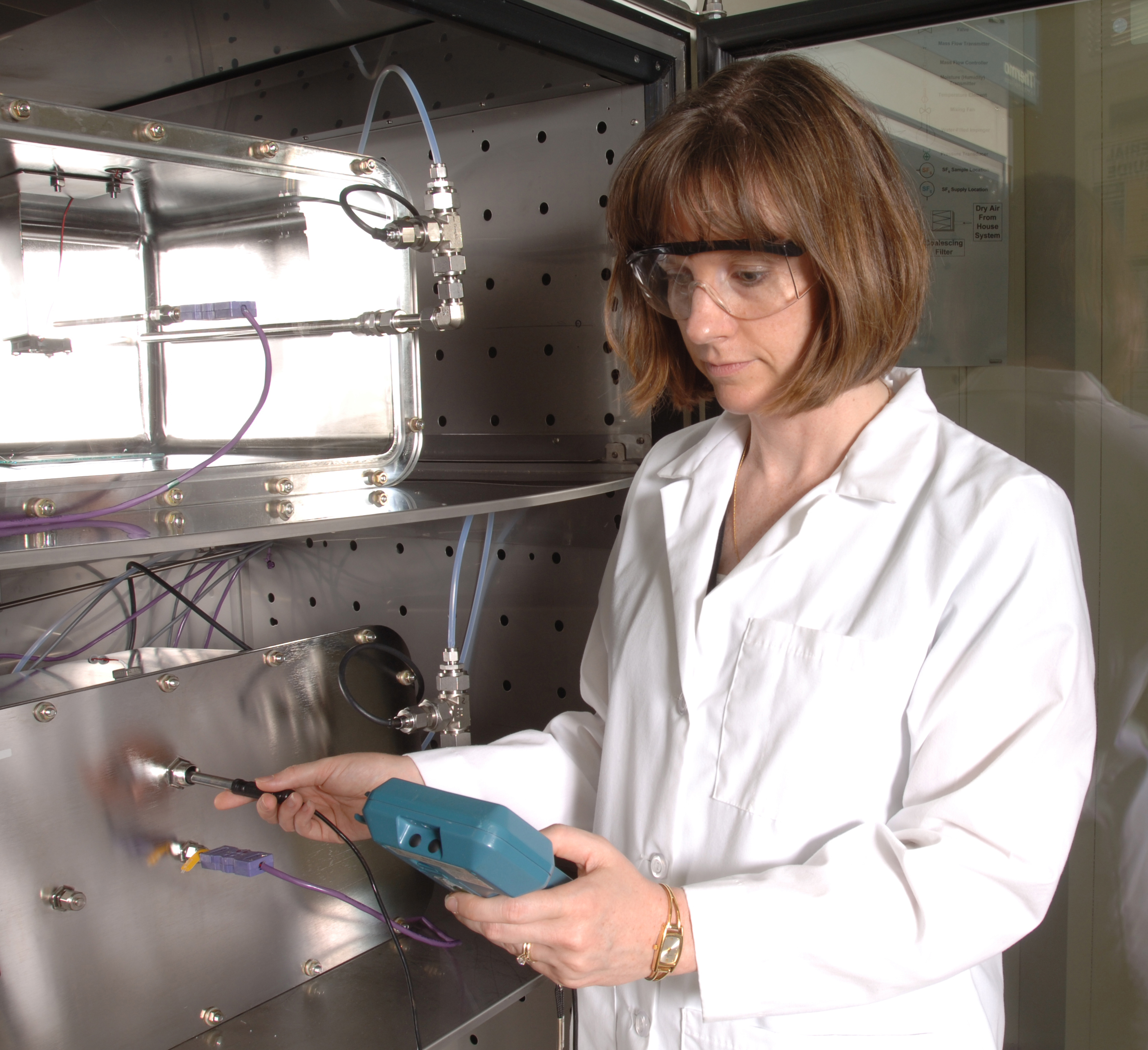User:Shawndouglas/sandbox/sublevel13
|
|
This is sublevel13 of my sandbox, where I play with features and test MediaWiki code. If you wish to leave a comment for me, please see my discussion page instead. |
Sandbox begins below
Title: What standards and regulations affect a materials testing laboratory?
Author for citation: Shawn E. Douglas
License for content: Creative Commons Attribution-ShareAlike 4.0 International
Publication date: November 2023
Materials testing to a standard test method
A standard test method is a result-yielding analytical procedure that is "definite, unambiguous, and experimentally viable, as well as being reproducibly effective," typically developed by a collection of experts in the field of measurement being analyzed.[1] Standard-based methods developed from the input of the international community in theory represent a more global consensus on an analytical test and lend strength to international trade and overall consumer confidence. However, unless mandated by federal regulation or a respected international accreditation body, such standards are not compulsory, and materials testing labs may turn to a competing standard or even develop their own non-standard test methods for newly discovered materials for which existing standard-based methods can't be applied.[1] Even when laboratory accreditation is involved, one accrediting body may require the lab to use one set of standardized test methods, while another accrediting body may have a slightly different set of standardized test methods that are recommended. Throw in state regulations that require small modifications to existing standards, and the testing picture gets even more complex.
"Testing against specific standards provides independent data to support manufacturer's declarations of conformity to purchaser specifications or government regulations."[2]
The landscape for materials testing, conformity assessment, and lab accreditation standards and requirements, at least in the United States, is highly heterogeneous across cities, states, and the federal government, and this has been the case for decades.[2][3][4] With testing and certification requirements for materials and the products made from them having redundancy, especially across state and local borders, the promotion of a more uniform federal-level recognition program that involves the positive assessment of conformity assessment accreditors of laboratories has been called for.[2][4] Such federal recognition programs encourage the homogenization of laboratory conformity assessment and testing to a set of internationally-recognized standards, with the potential for reducing regulatory- and standards-based inefficiencies and increasing quality-based competition in laboratory testing and certification of materials.[2] Such federal recognition programs have gradually come online, such as the U.S. Food and Drug Administration's (FDA's) Standards and Conformity Assessment Program (and the related FDA Standards Recognition Program) for those evaluating materials for and developing medical devices in the U.S.[5] That said, the sheer breadth of testing and certification standards in the realm of materials testing is nonetheless still highlighted through the dearth of federal recognition programs for laboratory testing and accreditation.
Regulations involving materials testing
Conclusion
References
- ↑ 1.0 1.1 Stable Micro Systems Ltd (11 February 2021). "Materials Testing: Should You Change from the Standard Test Method Approach?". AZO Materials. https://www.azom.com/article.aspx?ArticleID=20070. Retrieved 08 November 2023.
- ↑ 2.0 2.1 2.2 2.3 National Research Council (15 March 1995). "Chapter 3: Conformity Assessment". Standards, Conformity Assessment, and Trade: Into the 21st Century. Washington, D.C.: National Academies Press. pp. 65–102. doi:10.17226/4921. ISBN 978-0-309-05236-8. http://www.nap.edu/catalog/4921.
- ↑ Arnhold, T.; Berner, W.. "Conformity Assessment in the USA". Ex-Magazine. R. Stahl AG. https://ex-magazine.r-stahl.com/article/detail/konformitaetsbewertung-in-den-vereinigten-staaten. Retrieved 08 November 2023.
- ↑ 4.0 4.1 Wirths, F. (14 March 2023). "Reduction of technical barriers to trade within the framework of the Transatlantic Trade Council (TTC)" (PDF). ZVEI e.V. https://www.zvei.org/fileadmin/user_upload/Presse_und_Medien/Publikationen/user_upload/2023_04_21_ZVEI-Seiter_Abbau_technischer_Handelshemmnisse_im_Rahmen_von_TTC_en.pdf.
- ↑ "Standards and Conformity Assessment Program". U.S. Food and Drug Administration. 19 September 2023. https://www.fda.gov/medical-devices/premarket-submissions-selecting-and-preparing-correct-submission/standards-and-conformity-assessment-program. Retrieved 08 November 2023.










